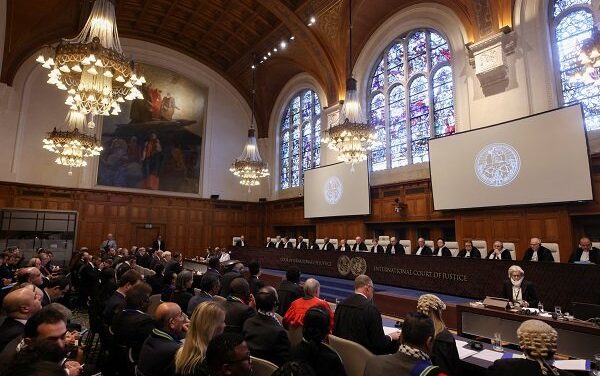Following the outbreak of the coronavirus in the world, there has been a significant drop in real oil demand, which has reduced the price of black gold by about 70% since the beginning of the current Christian year (2020).
The state of the international oil market under the energy market has been affected by components of some structural changes over the past few years. This structural change in the international oil market has led to a significant change in the state of energy security to the detriment of suppliers and to the advantage of consumer countries. The bulk of these structural components were in the area of declining demand for conventional fossil fuels. In the supply sector, there was the issue of unconventional oil supply, or shale oil, which had increased a lot.
This has led to an imbalance in the oil market and a decline in oil prices, which has led to a decrease in global demand in some countries and even a reversal of supply. Unconventional oil production in the United States has led to an oversupply of demand, so in short, due to the diversity and increase in supply, we have seen a drop in oil prices. In other words, as of 2016 first OPEC members and later OPEC Plus including Russia tried to reduce supply so that oil prices would rise as well as their incomes.
Thus, before 2020, the supply and demand of oil were such that OPEC Plus member states reduced their output several times.
So even if the corona crisis had not occurred today, the market situation would be such that we would see more supply in the oil market in 2020. But shale oil alone has increased output by 1,370,000 barrels. This prompted OPEC Plus countries, whose agreement lasted until March 3, 2018, to offer Saudi Arabia a proposal to cut production by another 1.5 million barrels from early March.
Of this amount, one million was supposed to be from OPEC and 500,000 from Russia, but these countries themselves did not accept this and the Russians announced that they did not want to continue the process of the last three years. According to Moscow, they should have reduced their market share to increase oil prices, but on the other side there was a country like the United States that benefited from this situation, that is rising prices. As a result, at the March 2020 summit, Saudi Arabia and Russia disagreed and moved toward a battle to increase supply. Riyadh hoped that with the increase in supply, oil prices would fall and Russia would suffer. According to Saudi officials, their economies are stronger because of foreign exchange reserves, and in the meantime, Russia will lose money and will be forced to reach an agreement with Saudi Arabia and continue the agreement with OPEC Plus.
Under these circumstances, at the height of the crisis, between March and April, Saudi Arabia increased its output to 12.5 million barrels per day, and then Russia and even Saudi allies increased their output. Besides, following this oil dispute, we have seen corona’s impact on global demand and declining demand.
In short, the issue can be summarized as follows:
- Even if the corona crisis had not occurred, the global supply would have continued this year and prices would not have risen too much.
- The corona crisis exacerbated the structural changes that led to the surplus and pushed prices below $20.
- Competition between Saudi Arabia and Russia has greatly intensified this trend from March to April.
Finally, given the agreement reached to reduce oil supply by OPEC countries and the possibility of reducing the impact of the corona crisis on demand, oil prices are expected to rise in the next two to three months.
Of course, the OPEC Plus agreement faces two uncertainties; the first is the implementation of this agreement. It should be noted that under this agreement, countries such as Canada and the United States should also reduce their production by a total of about 3.7 million barrels. Of course, the mechanism of this agreement is not very clear, and it is not stated on paper how much each country should reduce production and supply. This is a challenge for countries like the United States and Canada, whose oil companies are private. The second uncertainty is that it is not clear whether this will be enough to increase prices if this rate is reduced.
Given these two uncertainties, prices are likely to rise somewhat and stay in the $30- $40 range. In this case, a large part of the two most costly US and Canadian oils will be forced out of the market.










0 Comments